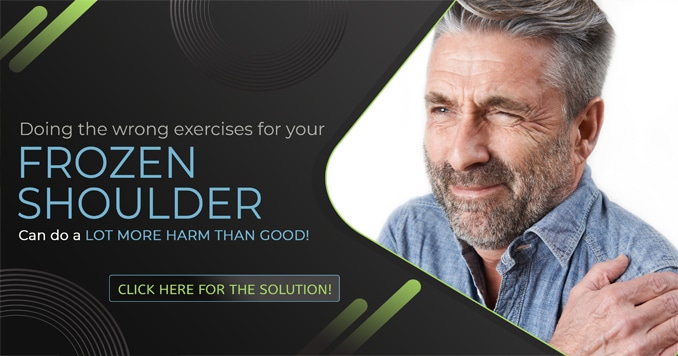
The shoulders are one of the most mobile joints in the body. Several shoulder problems range from minor strains and sprains to more serious joint injuries. Several factors may cause shoulder pain, but throwing or lifting heavy objects or putting stress on your shoulders in other ways is likely to cause some strain or injury.
A rotator cuff is a group of shoulder muscles and tendons that help stabilize and move the arm. It has four main parts: supraspinatus, infraspinatus, subscapularis, and teres minor. You might develop a rotator cuff injury for many reasons, and this article examines the genetic factors studied by the Utah Population Database (UPDB).
The UPDB offers a population-based investigation of disease.
Understanding the genetic changes that lead to the development of various disease states is critical to screening and treating patients with these diseases and maybe preventing their occurrence. The substantial morbidity and mortality associated with neurosurgical disorders necessitate this knowledge. Early detection and treatment of these people could considerably reduce morbidity and mortality rates in neurosurgical conditions. The UPDB offers a population-based investigation of disease family nature, identifying high-risk pedigrees and predisposition genes. The UPDB was created to examine cancer genetics, but it is currently used to study neurogenomics and neurosurgical illnesses. Intracranial aneurysms and nonsyndromic intracranial malignant diseases have been linked familially and genetically. Examining genealogy records connected to clinical, demographic, and diagnostic data provided by states reveals the family contribution. This data can help discover future genetic targets for medicines.
It May be All in Your Genes
Friday, February 27, 2009 – Anthony J. Brown, MD – Reuters UK
A study presented Thursday at the American Academy of Orthopaedic Surgeons meeting in Las Vegas indicated a genetic propensity to rotator cuff damage.
According to study leader Dr. Robert Zaray Tashijian of the University of Utah School of Medicine in Salt Lake City, a rotator cuff injury is likely heritable. “Persons can utilize this information to build a preventative program.”
Tashjian says just one previous study looked at the heritability of rotator cuff issues. The study only looked at first-degree relatives (mothers, sisters, or brothers). Therefore contextual influences may have influenced the results.
Causes of Shoulder Problems
Impingement and rotator cuff injuries are among the medical conditions and injuries responsible for shoulder problems. However, the most common causes of shoulder problems are overuse and repetitive strain injuries. This is especially common in people who work in manual labor or athletes who participate in throwing sports, like baseball or basketball. Shoulder problems can also be caused by certain medical conditions, such as arthritis and diabetes. Other causes of shoulder problems include injuries, such as dislocation or falling on an outstretched arm, or a sudden medical emergency, like a stroke or heart attack.
“An elevated relative risk out to third-degree relatives” is required to suggest a genetic propensity strongly. “We found an increased risk for third cousins and beyond.”
The findings come from an investigation of 3,091 adult “case patients” with rotator cuff injuries from the Utah Population Database.
The researchers noticed that patients’ second-degree relatives (grandparents, aunts, or uncles) had significantly greater rotator cuff issues. In addition to third-degree relatives, rotator cuff issues were also more prevalent.
What are the different types of shoulder problems?
Shoulder problems can be split into two categories: mechanical issues or problems with the soft tissue, which includes muscles, ligaments, and tendons—wearing and tearing tissues and bones around the shoulder joint causes mechanical issues in older people. Tennis elbow, standard in all age groups, occurs due to wear and tear over a lifetime. In addition to tennis elbow, you may also suffer from falling on your outstretched arm, which may result in trauma. Soft tissue problems, on the other hand, are more likely to affect people of all ages, including athletes and people in physically demanding jobs. These issues usually develop gradually and include problems with the shoulder area’s muscles, ligaments, tendons, and nerves.
“If numerous family members have suffered rotator cuff tears, it would be extremely reasonable to initiate a rotator cuff stretching and strengthening program,” Tashjian said.
“We would like to determine the genetics of this pattern,” he said of future research. For future genetic analysis, we are collecting DNA from patients with rotator cuff injuries and their family members.”
This research indicates that genetic variables may correlate with rotator cuff damage. Those at risk should avoid these kinds of injuries until further notice. We need further research to assess how much of a role they play.
Rick Kaselj – [email protected]
Registered? Kinesiologist Specializing in Injury Rehabilitation
Surrey, BC, Canada
Get your “5 Myths about Core Training” Special Report – www.CoreStabilityoftheBack.com.






